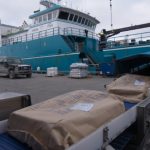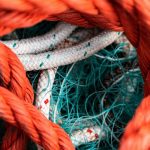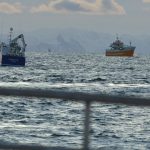Michele Kuruc of FAO’s Fisheries and Aquaculture Department, said that identifying unprocessed fish is usually fairly easy but today seafood is transported far abroad, to places where it may not be well known. It is told that in come cases accurately identifying fish may be beyond the abilities of inspectors. Innocent clerical errors can end up turning one type of fish into another.
Kuruc explained that those involved in illegal, unreported and unregulated (IUU) fishing use many methods to conceal their illegal activities and get their ill-gotten goods to market. She also said that fraudulent product substitution and use of false labels and documentation are frequently employed to transport and market products illicitly.
Today’s more conscious consumers are aware of the multiple health benefits of eating seafood—but are also keen to be sure they’re eating fish that has been caught or farmed responsibly and is safe to eat. And there’s much more at stake. From this year European Union has put in place regulations aimed at blocking imports of fish not harvested legally. With 110 million tonnes of seafood consumed globally per year, international trade in fish is valued at a record high of 86 billion USD annually and is a major source of employment and government revenue for developing countries, where many of the fishing grounds that feed the first world are found.
Forensic technologies based on genetics and chemistry are already being used by some countries to monitor and control trade in produce, animals and timber. So FAO recently convened a workshop of experts, inspectors, law enforcement officials, scientists and academics to discuss how they might be more widely deployed in fisheries enforcement.
The workshop deals how a group convicted of illegally trading abalone confessed that they learned techniques for destroying evidence by watching CSI: Miami. In addition to surveying the state of the art and brainstorming how forensics might be used in fisheries and identifying needs—especially for capacity building in developing countries—the meeting also looked at best practices in handling evidence, how inspectors should be trained, and identifying laboratories capable of handling testing.








